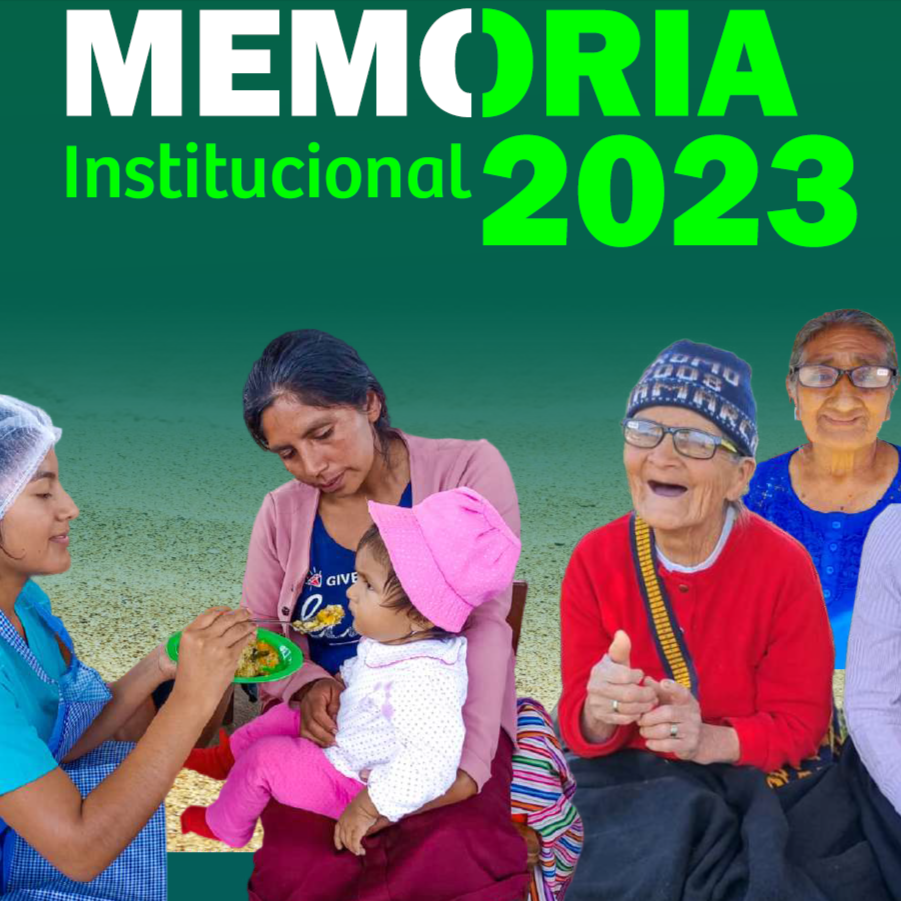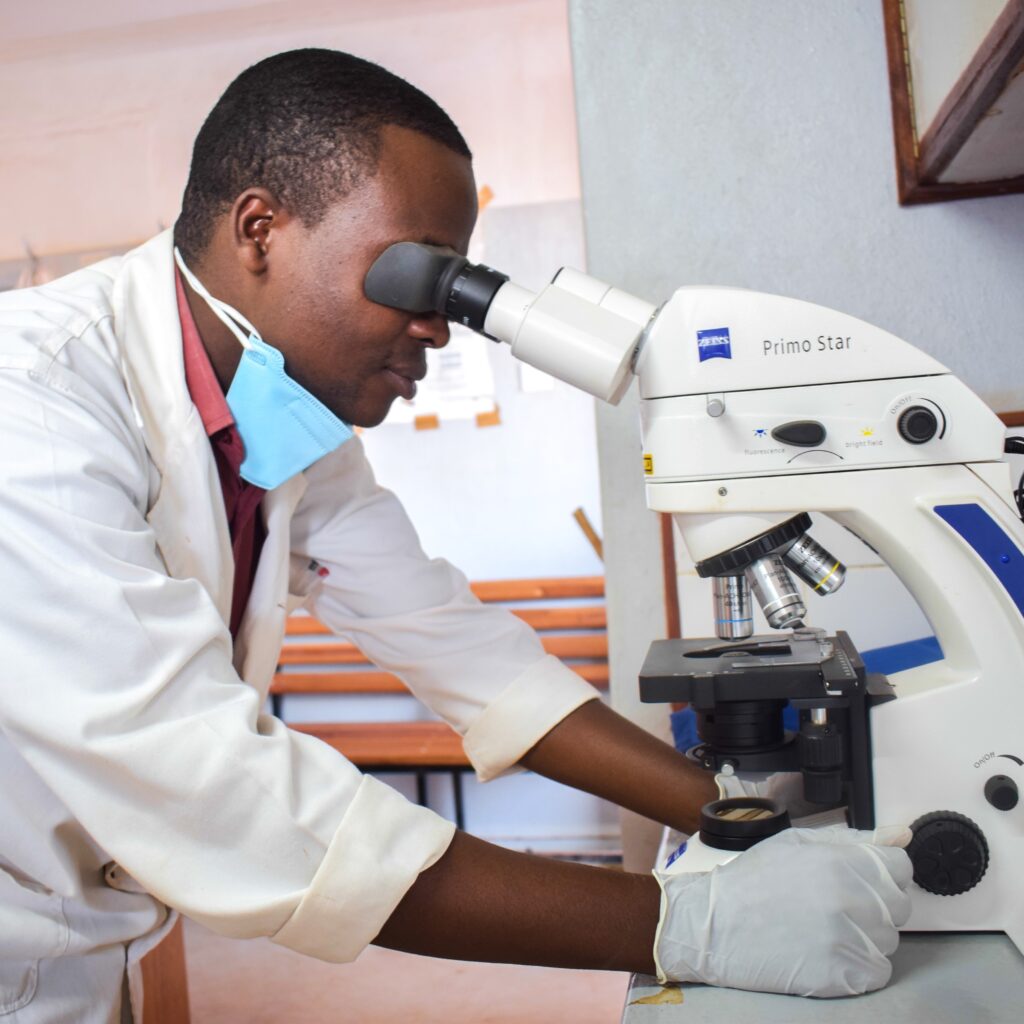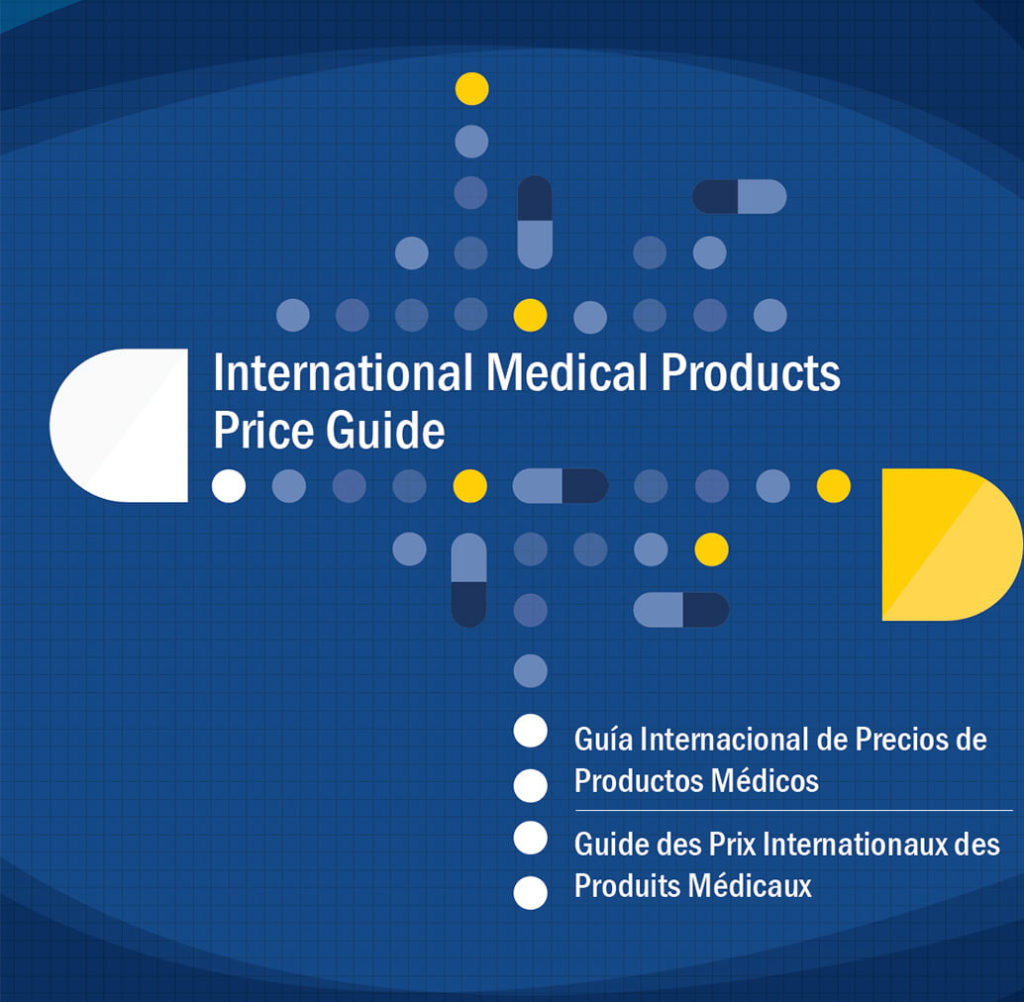Management and Organizational Sustainability Tool (MOST)
Management and Organizational Sustainability Tool (MOST)
Purpose
To assist organizations to map the development of key management components and use these results for planning improvements and monitoring progress.
Description
The Management and Organizational Sustainability Tool (MOST) is a structured, participatory process that allows organizations to assess their own management performance, develop a concrete action plan for improvement and carry out their plan. The cornerstone of the MOST process is a 3-day workshop. During the workshop, the organizational leadership and selected staff come together to build consensus about the stages of development of their organization’s management practices, the improvements needed, and an action plan for making those improvements.
This process is aided by detailed instructions to use MOST, including: the MOST assessment instrument, a facilitators’ guide, and four modules that comprise the workshop agenda.
Intended Users
Public institutions and organizations, NGOs.
Application
Management Sciences for Health (MSH) first introduced the Management and Organizational Sustainability Tool (MOST) in April 1997 at an International Planned Parenthood Federation (IPPF) workshop, in Nairobi, Kenya, where IPPF’s Africa Regional Office played an essential role in developing the workshop format. The first edition of the MOST guide was published in 1999. Since that time, MOST has been used to strengthen public-and private-sector organizations in Bolivia, Brazil, Eritrea, Haiti, Mozambique, Nicaragua, Paraguay, Tanzania, Uganda, the United States, and Zambia, as well as with Partners in Population and Development, an intergovernmental alliance of 19 developing countries.
Organizations in these countries have found that the management changes they implemented through the MOST process have made a significant difference in the performance of their organizations and their ability to provide high-quality services. This tool is now in its third edition, updated to reflect the experiences of users and facilitators in these countries.
Advantages
Easy to use, needs little training, facilitates clear identification of critical management components that require further development, applicable to a wide range of organizations, can identify changes in status over time with repeated application, can facilitate organizational diagnosis and identification of management improvement priorities, requires skillful facilitation with group participants.
Limitations
Only applicable for organizations in which group participation is welcomed by both leadership and staff; builds assessment from knowledge base of participants. If more information is needed, other tools (e.g. the MSH Human Resource Development Assessment Tool, Financial Management Tool, etc.) should be used to supplement the experience of the group.
Recommendations for Users
Needs a good organizational mix of participants (senior staff, board members, clinic staff, etc.) and also outside facilitators. Maximum number around 20.


